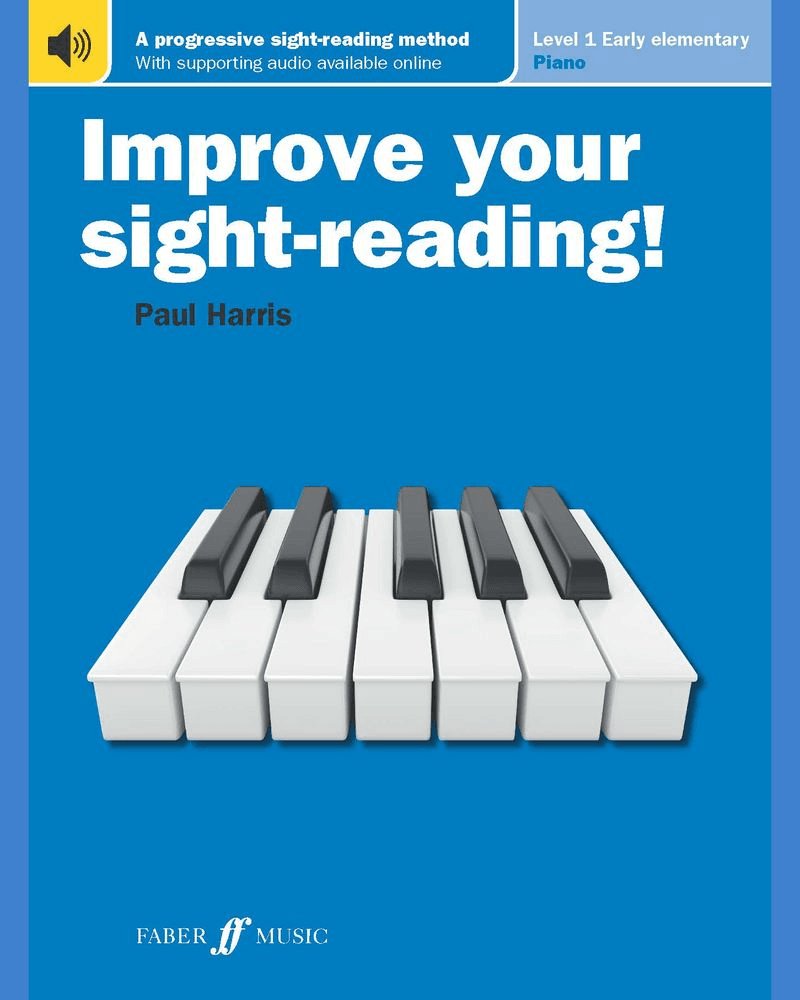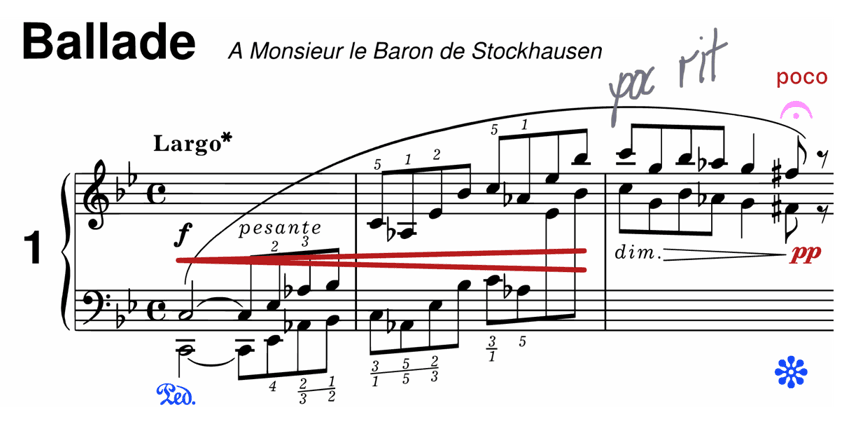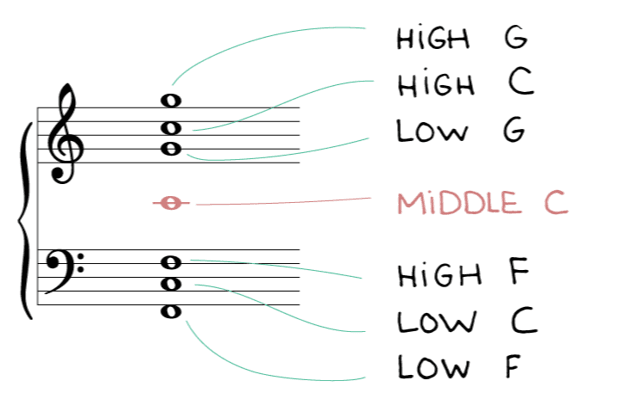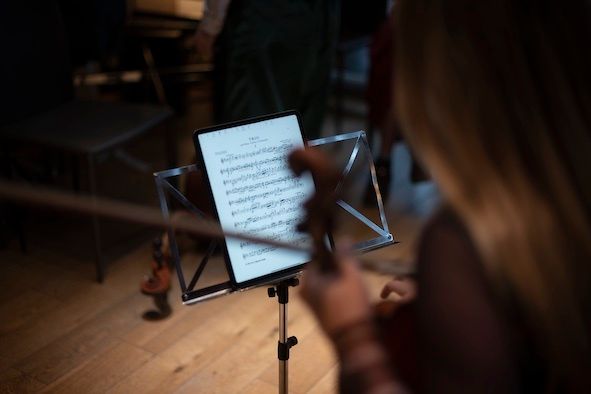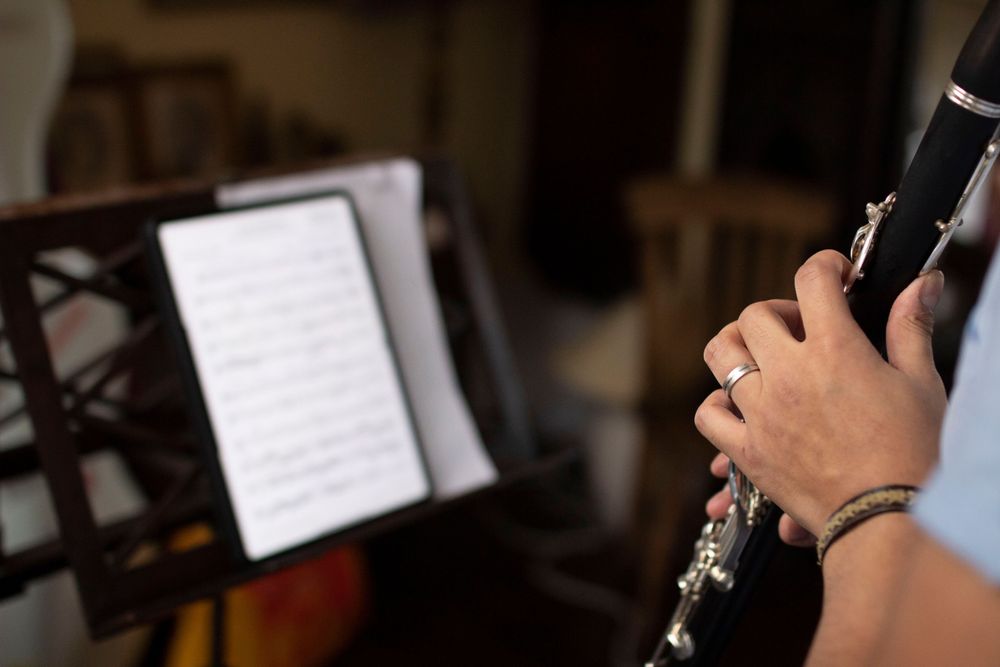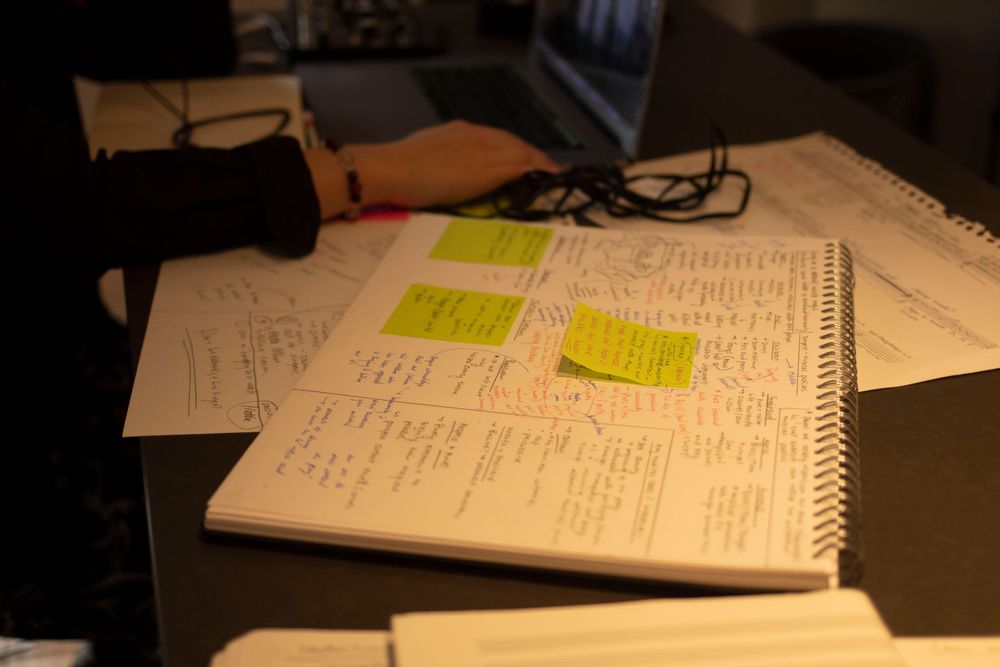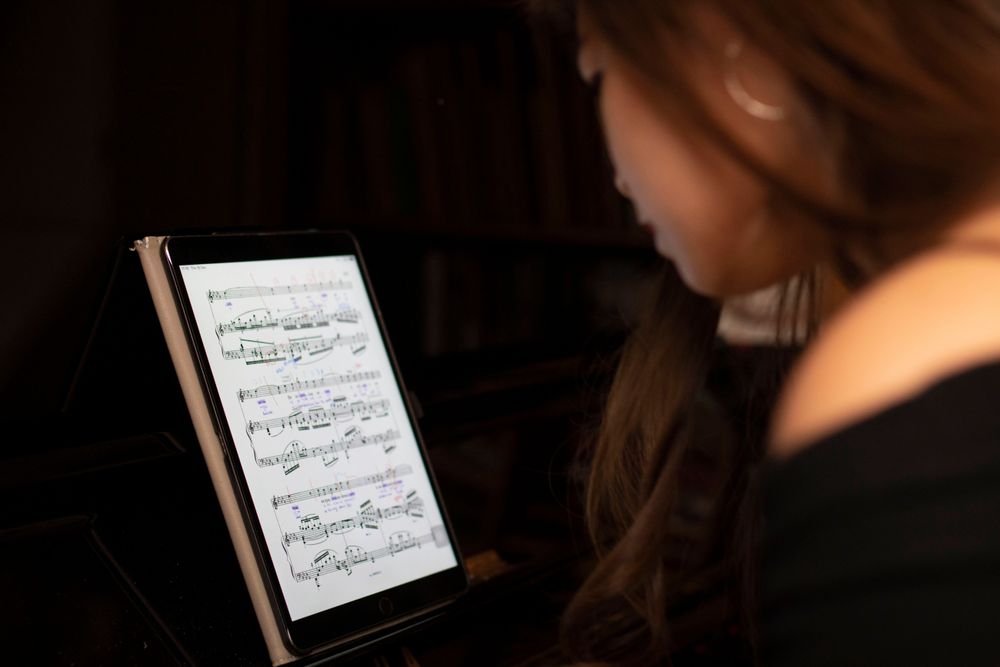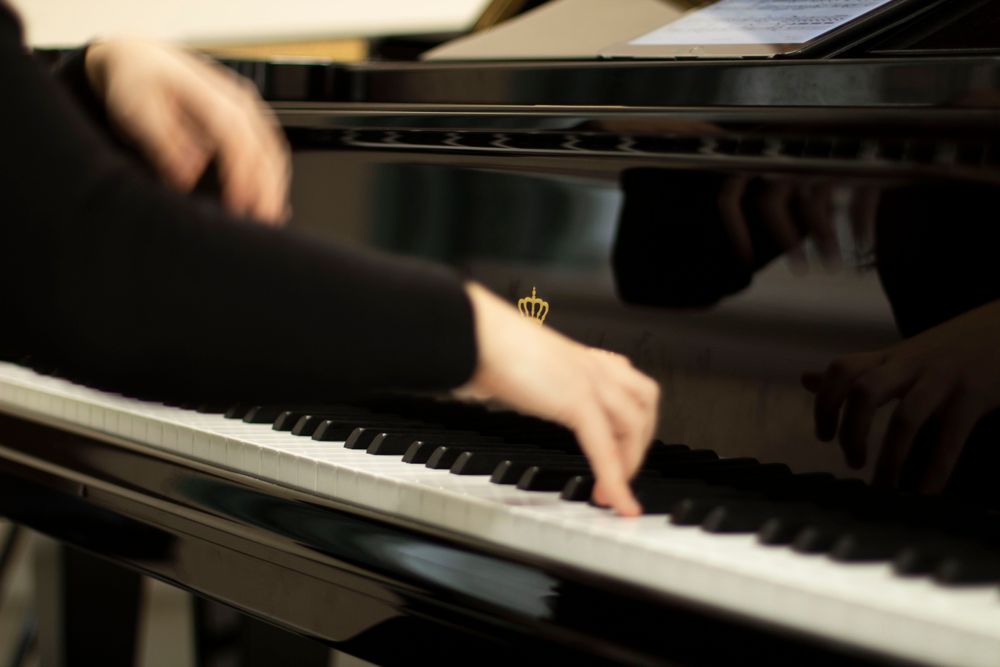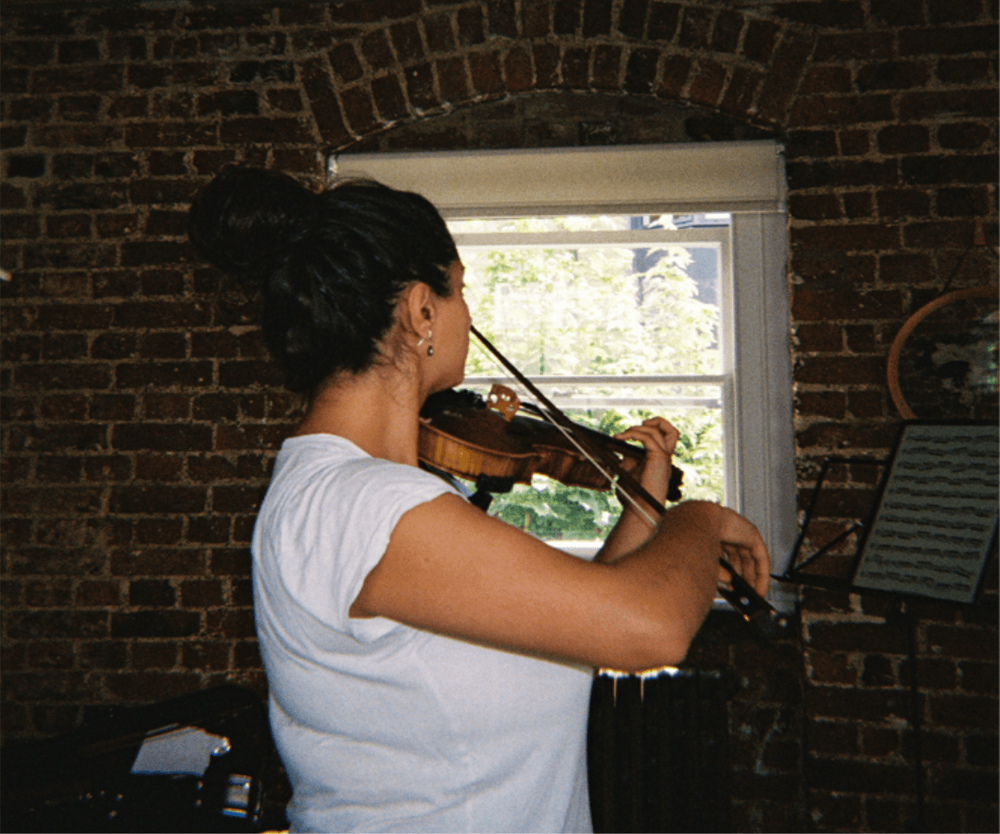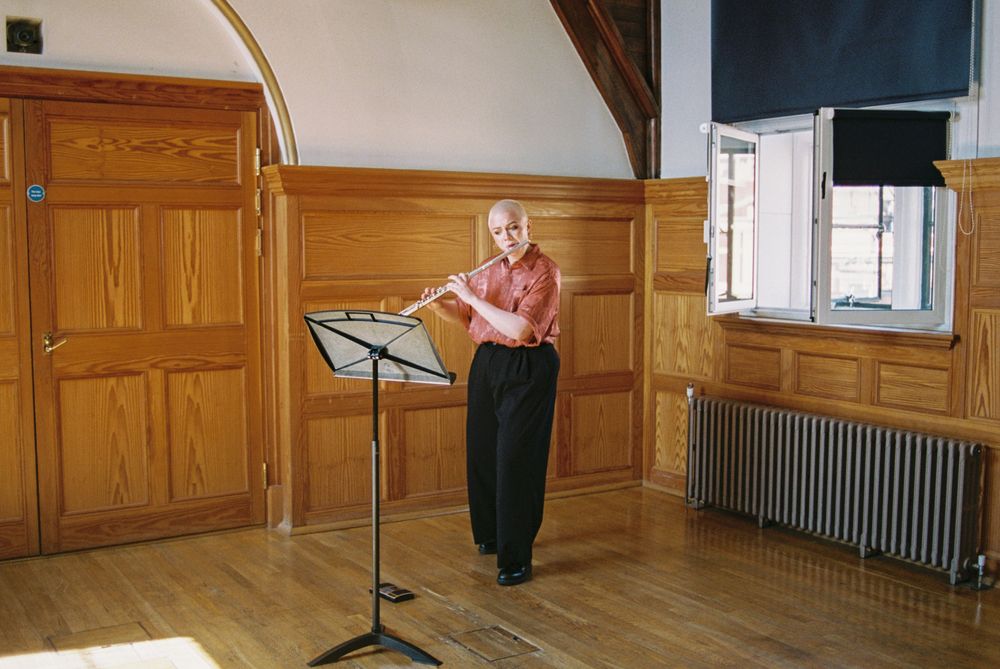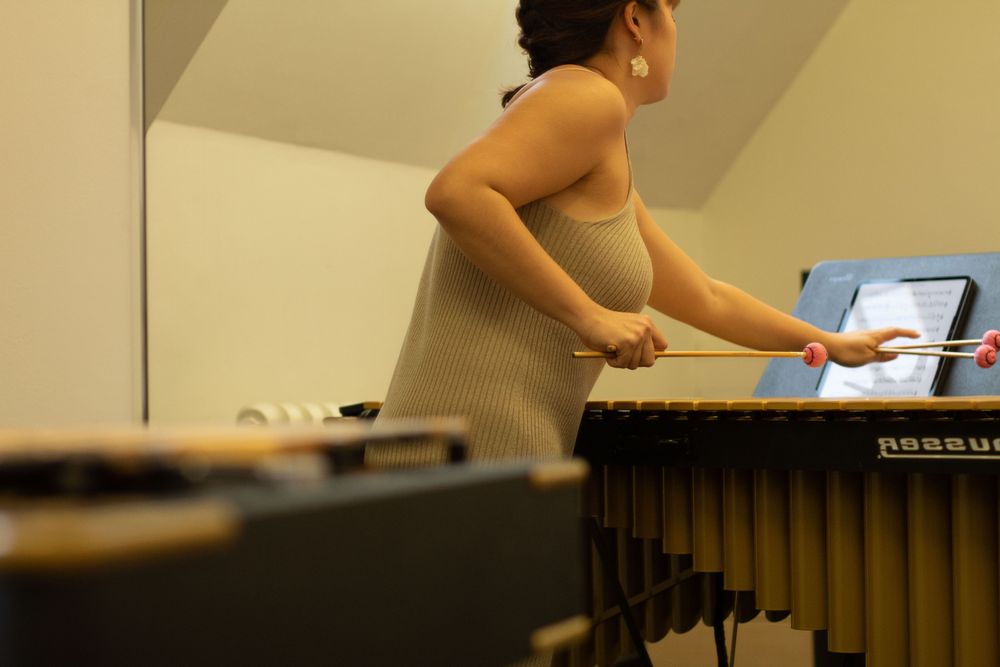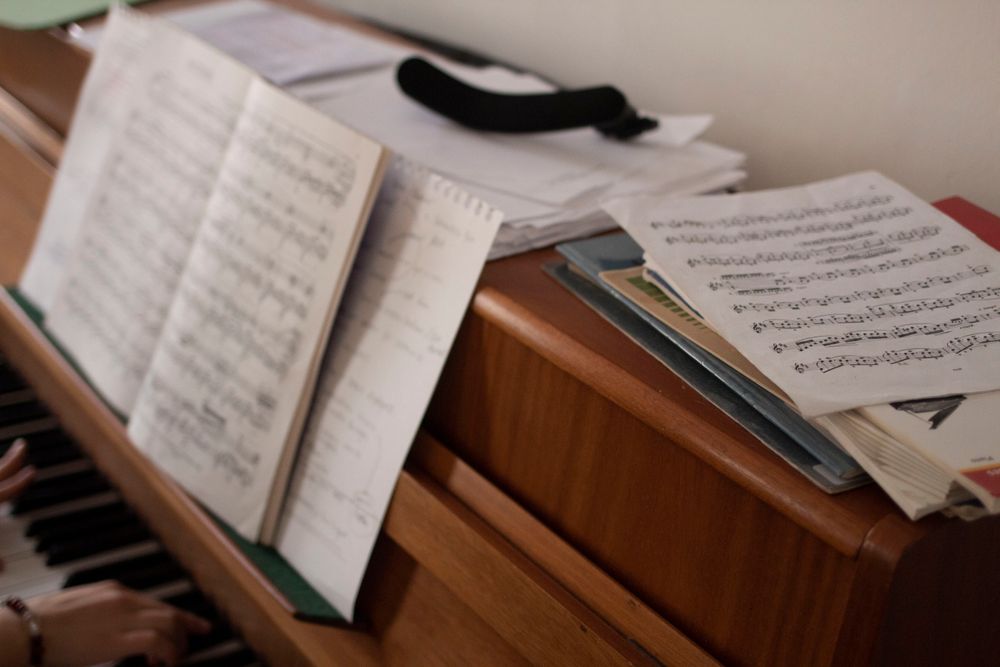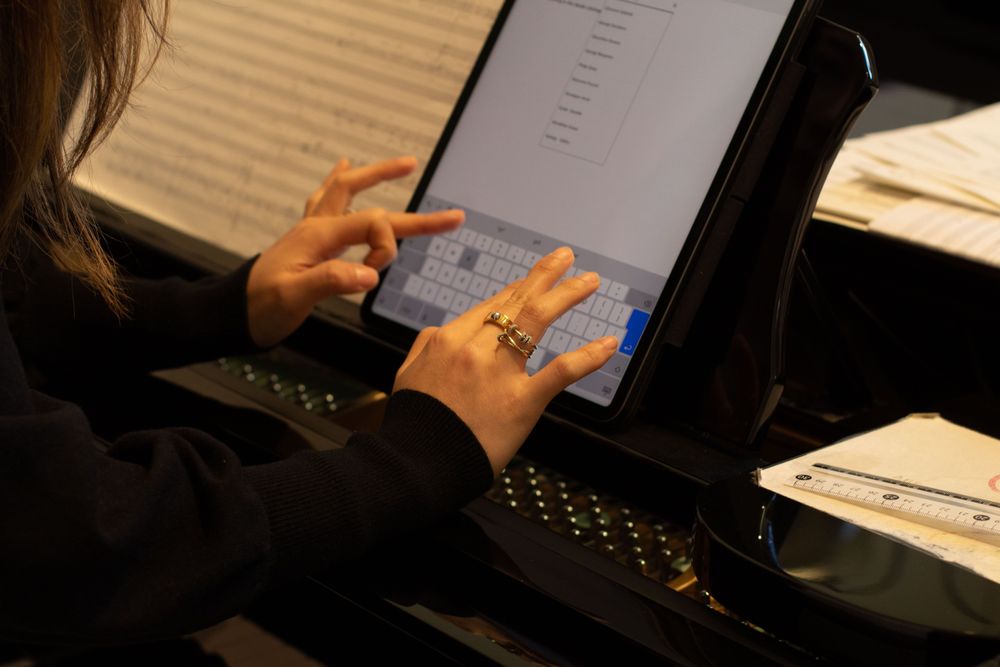4. Stay focused
Like many things in life, success comes down in no small part to mentality. If you want to get the most of your practice and develop your playing at a fast rate, focus, concentration and a positive mental attitude is as important as anything else. Mind over matter.
Now, it’s easier said than done to make all that happen. But there are still a few small things that you can easily do to set you on course.
First, establish a quiet space with no distractions, that’s dedicated to playing. By coming back to this space time and again for your sessions, your mind will begin to associate it with the practising mindset. You’ll find that you can more readily switch to that mode of thinking and stay there.
This is the initial step on the journey to establishing a routine. Put regular time aside to practice here, even if it’s just for short periods. Come back systematically to this physical and mental place and you’ll find yourself in a position to really profit from your efforts.
You’ll be prepared and in the zone. You’ll absorb more, learn faster, and your progress will soar. You’ll be capitalising on every minute that you’ve put in.
This is where journals come into their own. They support that process, helping you to direct your efforts and contextualise what you’ve learned. Set yourself a goal for the session - what do you want to accomplish next? Visualise the goal, and yourself achieving it. All that remains is to make it so.
Switch off your phone, eliminate anything that could catch your attention. Give yourself a set amount of time to practice, get a timer going and commit to playing until it pings. You’ll be giving yourself the best opportunity to put everything discussed above into practice - for the optimum return.
Concentrate, but don’t overthink. Putting too much pressure on being at your absolute best at all times can be detrimental. Just designate a period of time in which music becomes the centre of your world. That alone goes a very long way.
